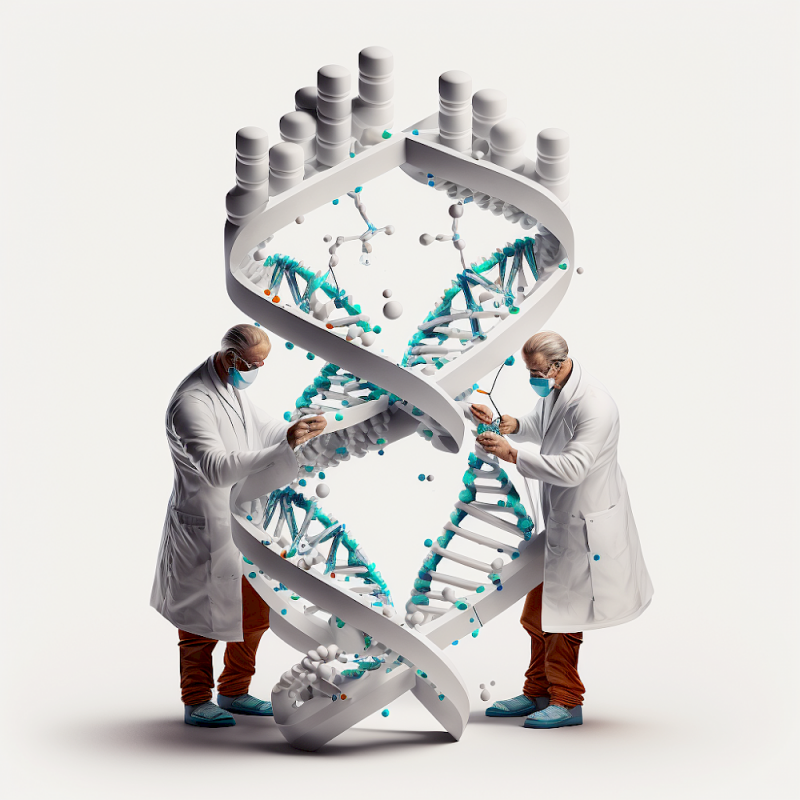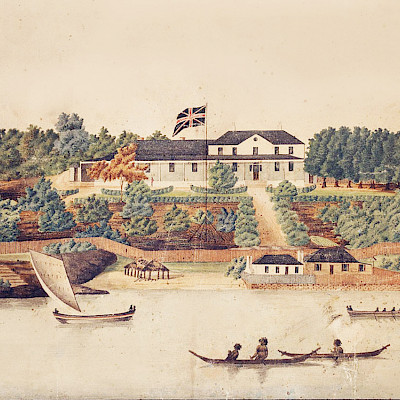Malignant tumours are the second most common cause of death after heart and vascular disease. Cancer is also a very complex and varied disease, which unfortunately is not always curable. And of course, such an important topic is bound to be covered with a lot of dubious information. In this article, we will try to understand which of these rumours are true and which are myths.
1. You can be infected with cancer.
Absolutely not. A tumour is formed from cells whose genetic material has changed, i.e. mutated. Most of the time, these mutated cells just die. But sometimes DNA damage gives cells a new property: they gradually lose their function but start to multiply uncontrollably. That's how you get a tumour. But in every organism these mutations occur independently, and the cells of a cancer patient are in no way able to "pass on" their mutation to the cells of a healthy person.
Here we must make a caveat: the role of some bacteria and viruses in causing cancer has long been scientifically established. And these microbial agents can induce mutations in cells and be transmitted from person to person. For example, nearly 90 percent of cervical cancers are caused by the human papillomavirus (HPV). However, the presence of HPV in a woman's body only increases the risk of developing a tumour, not that it will develop. This means that it is not a direct "cancer infection".
2. Cancer is inherited.
No, malignant tumours are not directly inherited. Of course, scientists have found some specific mutations that increase the risk of cancer and that can be passed from parents to children. For example, mutations in the BRCA 1 and BRCA 2 genes are associated with breast cancer. But there are two important points to remember:
• firstly, the mutation may or may not be passed from parent to child;
• secondly, as with viruses and bacteria, it only increases the risk of cancer, but does not necessarily mean that the tumour will occur.
Perhaps the most famous carrier of the mutated BRCA genes is Hollywood star Angelina Jolie. After doctors discovered she had this mutation, the actress decided to have a prophylactic mastectomy. This is an operation in which the mammary glands are removed and replaced with implants. However, not all oncologists agree that such a radical approach is justified. In most cases, a woman is simply advised to have a breast examination 2-3 times a year.
Also, if a person's relatives have already been diagnosed with cancer, doctors usually say that the person has a genetic predisposition to cancer. But, as we have said, cancer is the second most common cause of death on our planet. So it is extremely difficult to find a family without someone who has had cancer.
3. People have never had cancer in the past.
Not true. Malignant tumours have been found throughout the evolution of the human species. The oldest evidence of cancer was found on bones about 1.7 million years old. And they don't even belong to humans yet, but to a hominid (our ancestor) from South Africa.
We also have a description of breast cancer, written by the ancient Egyptian doctor Imhotep around 2650 BC. He listed the recognisable symptoms of the disease and described how he tried to cure it by cauterisation (unfortunately unsuccessfully). The ancient Greeks also knew about cancer. In fact, it was Hippocrates who introduced the word "carcinoma". He noticed that a malignant tumour spread into healthy tissue, producing protuberances that reminded him of a crab or cancer - "karcinos" in Greek. This famous physician also coined the word "oncology", a derivative of the Greek "onkos", which means heaviness or weight.
However, in both ancient and medieval times, malignant tumours were relatively rare. It was not until the 19th century that the number of cancer cases began to rise. The point is that the risk of cancer is directly related to the ageing of our bodies. And in the past, the vast majority of the population simply did not live to be 60 or older, when the likelihood of developing a tumour increases significantly.
Of course, middle-aged people and even children are affected by cancer, but much less often than older people. The reason for this is that genetic mistakes happen all the time as cells divide in our bodies. And the older you are, the more your cells have divided. As a result, the more “errors” that have accumulated in their genes and the greater the risk that quantity will turn into quality, i.e. that the cell will become cancerous. It is only in the last 100-150 years that average life expectancy has increased enough for these mutations to reach a critical level.
In addition, modern medicine has CT, MRI, ultrasound, biopsy, cytohistological examination of tissue and other effective methods of tumour detection. But these technologies have only been actively developed since the middle of the 20th century. This means that in the past doctors simply did not have the opportunity to diagnose cancer, and therefore the cause of death was recorded, for example, as "spillage of black bile".
4. Mobile phones, microwaves, Wi-Fi or 5G cause tumours.
No, this is a myth. Of course, electromagnetic radiation can interact with biological tissue. But this radiation only subtly heats our cells, not damages their DNA or causes mutations. Temperature changes are not carcinogenic (cancer-causing) factor. Moreover, to visibly heat biological tissue would require radiation on the scale of military radar or big astronomical observatory antennas.
5. Cancer is incurable.
According to the International Agency for Research on Cancer (IARC), malignant diseases will cause about 10 million deaths in 2019. But at the same time, there will be just under 17 million cases of cancer cured in 2019! This means that today's medicine has reached such a level that humanity is slowly but surely learning how to fight this disease.
Unfortunately, poor prognoses are still not uncommon. What are the reasons for this? The most important and significant factor in successfully getting rid of cancer is detecting it at the earliest possible stage. At this stage, most malignant tumours can be treated with a success rate of almost 90%!
The problem is that most tumours do not manifest themselves in the early stages. At this point, a person feels fine and sees no reason to go to the doctor. By the time the cancer shows clinical signs, it usually means that it has progressed to a late stage and may have started to spread throughout the body, forming metastases in other organs and tissues. And that dramatically worsens the prognosis.
Therefore, the only and most reliable way to maximise the chances of recovery today is to have regular cancer screenings. These are preventive examinations that are carried out even if there are no alarming symptoms. The World Health Organization recommends annual cancer screening for everyone over the age of 45-50.
In Australia, government screening programmes are now in place to detect the most common malignancies at their earliest stages. Screening under these programmes may be fully covered by health insurance. You can find out more about them here:
• https://www.cancer.org.au/cancer-information/causes-and-prevention/early-detection-and-screening
• https://www.canceraustralia.gov.au/awareness/screening
• https://www.aihw.gov.au/reports/cancer-screening/national-cancer-screening-programs-participation/contents/summary
Each state also has its own local cancer screening programmes. For example, here is Victoria's programme: https://www.health.vic.gov.au/population-screening/cancer-screening.
These programmes are vital, especially for older people. After all, just one small but timely screening can literally save your life!
Take care and stay healthy!
Denys Lokoshko, physician and freelance correspondent.

















